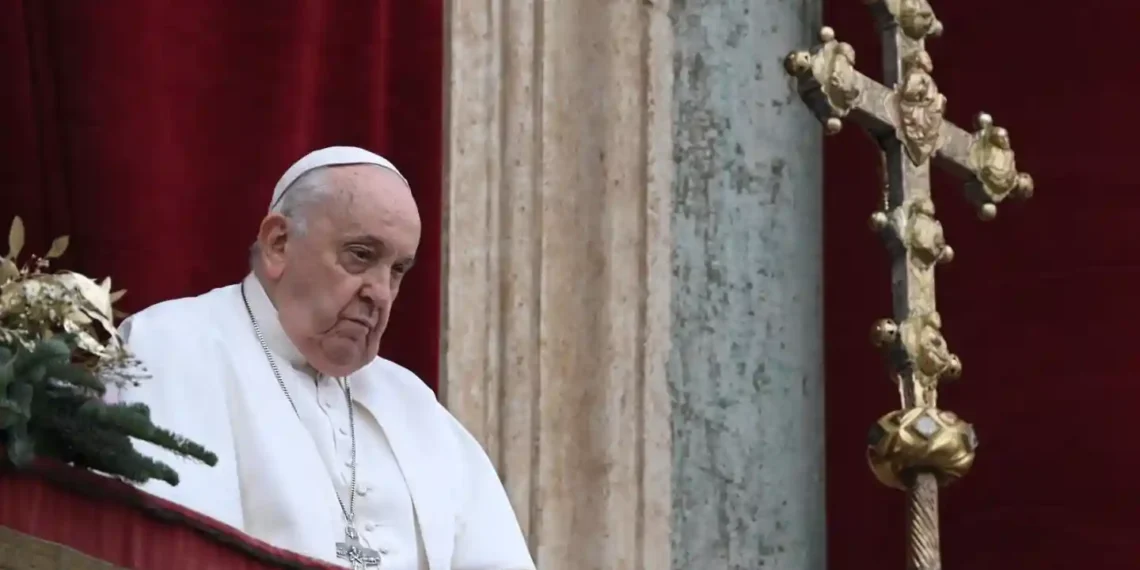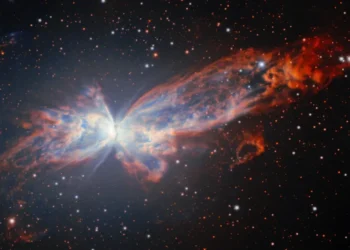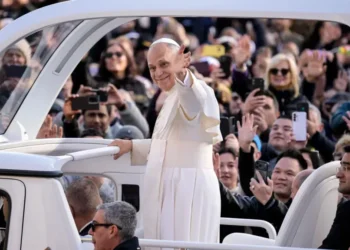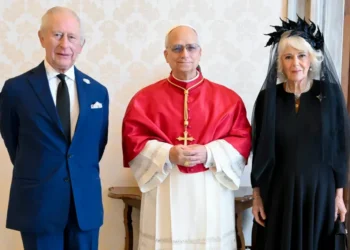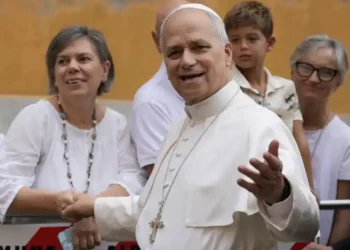What Comes After Francis? The Catholic Church Faces a Defining Crossroads
For many Catholics, it felt as if Pope Francis might defy time itself.
He had brushed with death more than once — surviving a severe respiratory illness in his youth, enduring multiple surgeries, and weathering COVID-19. Even when doctors recently debated ending his treatment, he carried on. So when he appeared frail while addressing the faithful during his final Easter Sunday at St. Peter’s Square, few expected it would be his last public moment.
Just hours later, the pope was gone — leaving behind a Catholic Church mid-stride in one of its most ambitious transformations in modern history.
A Church in Transition
With the next conclave on the horizon, the world’s 1.3 billion Catholics now await a new leader to carry forward — or redirect — the legacy of Pope Francis. The question isn’t just who will be chosen, but what vision they’ll bring to a church increasingly at odds with itself.
Conservatives and progressives alike are uneasy. Conclaves are famously unpredictable, and even the most seasoned Vatican watchers are often caught off guard. Francis himself was a surprise — a liberal Jesuit chosen from a College of Cardinals largely shaped by conservative popes John Paul II and Benedict XVI. Few had even listed him as a serious contender before his 2013 election.
Yet Francis would go on to defy expectations, not by championing one faction over another, but by opening a deep internal debate about the Church’s identity in the modern world.
Francis’ Bold Agenda
Throughout his papacy, Francis took on a wide range of flashpoints: the sex abuse crisis, same-sex marriage, church governance, Latin Mass restrictions, and more. But beyond the headlines, his deeper mission was to spark a soul-searching conversation within Catholicism itself.
The central question he posed: Who should guide the Church — the clergy, or the people in the pews?
For Francis, the answer was clear. He believed the laity needed greater power to shape the Church’s direction. To that end, he launched the Synod on Synodality, a global initiative focused on listening to lay Catholics and incorporating their voices into theological and pastoral decision-making.
It was a move that resonated with young Catholics — including students from Jesuit universities like Georgetown. One student recounted presenting findings from a working group directly to the pope over Zoom. Francis took notes and responded personally, reflecting his hands-on approach to shaping this vision.
Global Church, Global Tensions
Francis often walked a tightrope, balancing progressive hopes in the West with traditional expectations in the Global South.
European bishops pushed for bold action on issues like LGBTQ+ inclusion, while leaders in Africa and Asia urged restraint. Francis tried to steer a middle course, reforming with caution, never fully satisfying either camp.
But perhaps no country pushed back harder than the United States.
Here, a vocal faction of conservative bishops and far-right lay converts resisted his efforts to decentralize power and reshape church traditions. One such figure, former Texas Bishop Joseph Strickland, even accused the pope of being “diabolically oriented.” Francis removed him from his post.
He also took action against other high-profile critics: Cardinal Raymond Burke lost his Vatican privileges, and Carlo Maria Viganò — who accused Francis of covering up sexual abuse — was excommunicated.
Still, Francis often preferred dialogue over punishment. In line with his Jesuit roots, he embraced discernment, encouraging debate, disagreement, and listening — as long as it didn’t spill into open conflict.
The Church in Crisis, Not in Combat
In one of his most striking addresses, Francis warned against framing the Church in terms of battle:
“When the Church is viewed in terms of conflict — right versus left, progressive versus traditionalist — she becomes fragmented and polarized… She must never become a body in conflict… but a body in continual crisis, precisely because she is alive.”
His vision of the Church wasn’t static or dogmatic. It was dynamic, messy, and deeply human — always wrestling with itself in search of deeper truths.
A Defining Moment Ahead
The conclave to elect Francis’ successor could shape the Catholic Church for decades to come. Will his reforms endure, or be rolled back? Will a new pope continue to empower the laity, or reassert clerical authority?
The world’s Catholics — divided, hopeful, anxious — now wait to find out what the Church’s next chapter will look like.
What’s clear is that Francis leaves behind not just a legacy, but a living crisis — a Church alive and searching for its future.
This article was rewritten by JournosNews.com based on verified reporting from trusted sources. The content has been independently reviewed, fact-checked, and edited for accuracy, neutrality, tone, and global readability in accordance with Google News and AdSense standards.
All opinions, quotes, or statements from contributors, experts, or sourced organizations do not necessarily reflect the views of JournosNews.com. JournosNews.com maintains full editorial independence from any external funders, sponsors, or organizations.
Stay informed with JournosNews.com — your trusted source for verified global reporting and in-depth analysis. Follow us on Google News, BlueSky, and X for real-time updates.
